The Bamboo Seed
Clumping Bamboo Seeds - Fargesia murielae Umbrella bamboo seeds
Clumping Bamboo Seeds - Fargesia murielae Umbrella bamboo seeds
Couldn't load pickup availability
Fargesia murielae Umbrella Bamboo seeds
- Quantity 30+ Umbrella Bamboo seeds
- USDA Hardiness Zones: 6-9
- Cold hardy bamboo seeds to -10°F / -23°C
- Clumping bamboo seeds
- Fargesia bamboo seeds
- Noninvasive bamboo seeds
Characteristics of Umbrella Fargesia murielae Bamboo Seeds
Umbrella bamboo (Fargesia murielae) is a clumping bamboo species that is native to the mountains of central and western China. This is one of the most popular of all the bamboo grown in the USA, due to its characteristic elegance and beauty, well-contained clumping behaviors, cold hardiness, and outstanding suitability for privacy/hedges. There are few environments where Umbrella Bamboo is not an excellent choice for the bamboo garden.
|
|
|
There are a number of reasons why Fargesia seeds are so popular. Fargesia bamboo is a fast-growing plant that can grow up to 6-15 feet tall and 6-8 feet wide. It is a non-invasive clumping bamboo that does not need to be contained. Fargesia bamboo is an evergreen plant that can provide year-round privacy and aesthetic appeal. It is a cold-hardy plant that can tolerate temperate summer climates, and growing Fargesia bamboo from seed creates beautiful bamboo landscaping that is low maintenance and does not require much water.

Fargesia bamboo, grown from clumping bamboo seeds, is a popular variety of bamboo that is highly sought after for its unique characteristics. It is well-known for its cold hardy nature, making it suitable for growing in colder regions. The cold hardy bamboo seeds of Fargesia can tolerate frost and thrive in temperatures that would be challenging for other bamboo species.
Growing Umbrella Bamboo from Seed
Unlike running bamboo, Fargesia is a clumping bamboo, meaning it grows in tight clusters rather than spreading uncontrollably. This makes growing Fargesia bamboo seeds a preferred choice for landscaping purposes, as it provides privacy screens and elegant ornamental features., while maintaining a manageable growth pattern.
Growth habit: Umbrella bamboo is a non-invasive clumping bamboo that grows in tight, upright clumps that can reach heights of 10-12 feet (3-3.6 meters) and spreads 4-6 feet (1.2-1.8 meters) wide.

Leaves: The leaves of umbrella bamboo are narrow and lance-shaped, with a dark green color and a glossy finish. The leaves are typically around 4-5 inches (10-12 cm) long and 0.4-0.6 inches (1-1.5 cm) wide.
Stems: The stems of umbrella bamboo are slender and smooth, with a green color that gradually turns to a tan or yellow color as the plant matures. The stems are typically around 0.5-0.75 inches (1.3-1.9 cm) in diameter.
Growth rate: Umbrella bamboo is a relatively slow-growing bamboo species, with an annual growth rate of around 6-12 inches (15-30 cm) per year.
Hardiness: Umbrella bamboo is a cold-hardy bamboo species that can tolerate temperatures as low as -10°F (-23°C) and is suitable for growing in USDA hardiness zones 6-9. (While some references give a USDA hardiness rating of 5, we prefer to recommend the more conservative Zone 6, because of the possibility of extended deep freeze temps that might damage this bamboo.)

Sun and shade tolerance: Umbrella bamboo prefers partial to full shade and can tolerate a range of light conditions, from dappled shade to deep shade.
Soil requirements: Umbrella bamboo prefers moist, well-draining soils that are rich in organic matter. It can tolerate a range of soil pH levels, from slightly acidic to slightly alkaline.
Water requirements: Umbrella bamboo requires regular watering, particularly during the first year of growth. Once established, it can tolerate short periods of drought but prefers consistently moist soils.
Maintenance: Umbrella bamboo requires minimal maintenance, aside from occasional pruning to remove dead or damaged stems and thinning to promote airflow.
Uses: Umbrella bamboo is a popular ornamental bamboo species that is often used in landscaping as a privacy screen, hedge, or specimen plant. It can also be grown in containers and used as a patio plant or indoor plant. Additionally, the stems and leaves of the plant can be harvested for use in crafts, such as weaving and basketry.

Germination: Fargesia bamboo seed is often slower to germinate than other bamboo types, and patient understanding is required when germinating Fargesia from seed.
Growth Habits of Fargesia murielae Bamboo
Umbrella bamboo (Fargesia murielae) is a clumping bamboo species, which means that it grows in tight, compact clumps rather than spreading out through underground rhizomes like running bamboos. Here are some of the growth habits of umbrella bamboo:
Height: Umbrella bamboo can grow to a height of 10-12 feet (3-3.6 meters), with individual culms (stems) reaching up to 1 inch (2.5 cm) in diameter.
Spread: The clumps of umbrella bamboo can spread to a width of 4-6 feet (1.2-1.8 meters), although this can vary depending on the growing conditions.
Growth rate: Umbrella bamboo is a relatively slow-growing bamboo species, with an average annual growth rate of around 6-12 inches (15-30 cm) per year. However, the growth rate can vary depending on the growing conditions, such as soil fertility, moisture levels, and temperature.
Culm production: Umbrella bamboo produces new culms each year, which emerge from the base of the clump in spring and grow throughout the summer. The culms typically take 3-4 years to reach their maximum height, and they can live for up to 10 years before they start to decline.
Leaf production: Umbrella bamboo produces new leaves throughout the growing season, which emerge from the nodes along the culms. The leaves are narrow and lance-shaped, with a dark green color and a glossy finish.
Root system: Umbrella bamboo has a shallow root system, with the majority of the roots concentrated in the top 12-18 inches (30-45 cm) of soil. The roots are relatively fibrous and spread outwards from the base of the clump.
Overall, umbrella bamboo is a relatively slow-growing and compact bamboo species that is well-suited for use as a landscaping plant, privacy screen, or specimen plant. Its clumping growth habit makes it less invasive than running bamboos and easier to control in the garden.
Origins of Non Invasive Bamboo Seeds for Umbrella Bamboo
Umbrella bamboo (Fargesia murielae) is native to the mountainous regions of central and western China, particularly in the Sichuan, Gansu, and Shaanxi provinces. It is one of the many bamboo species that are found in the forests of the region, where it grows in understory conditions, typically at elevations ranging from 6,000 to 11,000 feet (1,800 to 3,400 meters) above sea level.
The plant was first discovered and described by the French botanist Paul Guillaume Farges in 1892, who named it in honor of his daughter Muriel. The plant was introduced to Western gardens in the early 20th century, and since then, it has become a popular ornamental plant due to its hardiness, attractive foliage, and clumping growth habit.
Umbrella bamboo is also known by several other common names, including "hardy bamboo," "umbrella plant," "clumping bamboo," and "Fargesia bamboo." It is widely cultivated in temperate regions worldwide, particularly in Europe and North America, where it is used as a landscaping plant, hedge, privacy screen, and specimen plant.
More About Umbrella Bamboo Fargesia murielae
Family: Poaceae
Genus: Fargesia
Species: F. murielae
Fargesia murielae, the umbrella bamboo, is a species of evergreen bamboo in the family Poaceae. It is a large, clump-forming evergreen bamboo, closely resembling Fargesia nitida in the same genus, but with yellow canes.
Description
Considered one of the most beautiful clumping bamboos in cultivation, Fargesia murielae bamboo seeds are native to the mountains of central China, introduced by Ernest Henry Wilson in 1913 and named after his daughter. Its common name "umbrella bamboo" describes the graceful weeping habit of this plant. It grows at elevations of 6,500–10,000 ft (1,981–3,048 m). It usually grows up to 10–14 ft (3–4 m), with a diameter of about 0.5 inch, and is hardy to −15 °C (5 °F) . Its USDA plant hardiness zone is 5 through 9 which is not desirable in climates with high heat and humidity such as southeastern states.
The leaves are longer than they are wide, have pointed ends, and are arranged singly along the leaf stem. It quickly forms a dense clumping bamboo of closely spaced canes that are hard to see under a mass of foliage. The new shoots are light blue with tan culm sheaths, aging to a yellowish-green. Its growth and appearance is facilitated in an environment that receives afternoon shade and sunlight throughout the day. Like all other fargesias, it does not have running rhizomes and needs no containment to prevent spread. It will maintain its green-pigmented foliage throughout the winter, though it will most likely shed a few leaves in late fall.
Habitat
Fargesia murielae has been known to grow in regions of various climates that range from dry mountainsides to jungles, but in general prefers moderately fertile soil which is moist but well-drained and well aerated. It also favors a slightly acidic environment where it is best fit. This species is most common in southeast Asia, China, and Japan. Bamboo in the Orient is harvested for food, paper and timber. In Europe and the United States, it is grown as an ornamental.
Growth types
There are two basic types of bamboo; clumping (non-invasive) and running. Individual bamboo canes are called culms or stems. The clump type, in which category Fargesia murielae falls, grows in large clumps and is relatively slow in spreading. The root system of a single clump can be rather extensive and quite competitive with surrounding plants.
Running types of bamboo, however, can be very invasive when not properly contained and are very competitive with other plants. They can take over large areas, some varieties spreading more than 100 feet from the mother plant in an incredibly short amount of time. Unlike the running types, the clump types are not very invasive allowing them for a place in the home landscape. Because they are non-invasive, fargesias can be used as specimens, screening, or the low dwarf types as ground-cover. They are specially attractive when planted next to a pond or a stream.
Flowering
One of the most interesting features of Fargesia murielae is its monocarpic life cycle. This refers to a cycle of life in which it flowers once in its life and then dies. People are used to seeing other plants germinate, grow, and die in a single season, but the idea of a plant dying after 80 to 100 years following its flowering seemed inevitably strange.
The flowering cycle of Fargesia murielae, though not the longest on record, is among the most widely known and well documented. Even more astonishing than its long flowering cycle is the synchronous flowering behavior. This term refers to the tendency of most or all of the individuals of a given species to come into flower at more or less the same time. This unusual behavior has led some authors to assume that the flowering event in these bamboos is controlled not by climatic factors but by some sort of internal clock.
Fargesia murielae Clumping Bamboo Seeds
Fargesia bamboo, also known as clumping bamboo, is characterized by its non-invasive growth habit, making it an excellent choice for gardeners who want to add bamboo to their landscape without the risk of it spreading uncontrollably. Unlike running bamboo, which sends out underground rhizomes that can quickly spread and take over large areas, clumping bamboo produced from non invasive bamboo seeds grows in tight, self-contained clusters. This means that it stays put and won't spread beyond its designated area, making it easy to maintain and control.
Clumping bamboo is also known for its rapid growth, with some species capable of growing several feet in just a few weeks. Additionally, growing Fargesia bamboo from seed produces highly adaptable non invasive bamboo plants that can thrive in a variety of soil types and climates, from tropical to temperate regions. This makes planting Fargesia murielae seeds a versatile and low-maintenance option for gardeners who want to add bamboo to their landscape. The non-invasive clumping growth habit of Fargesia bamboo including Umbrella bamboo makes it an excellent choice for gardeners who want to enjoy the beauty and benefits of bamboo without the worry of it spreading uncontrollably.
Buy Fargesia Bamboo Seeds Online
When researching where to get bamboo seeds online, be sure to include in your search the various types of Fargesia species of cold hardy bamboo seeds. Acclaimed for their beauty and versatility, planting clumping Fargesia bamboo seeds will add fast growing, non-invasive bamboo shade and bamboo privacy screening to your garden landscape. One of the most versatile and best bamboo seeds for sale online, Fargesia seeds are a smart investment in bamboo plant seeds.
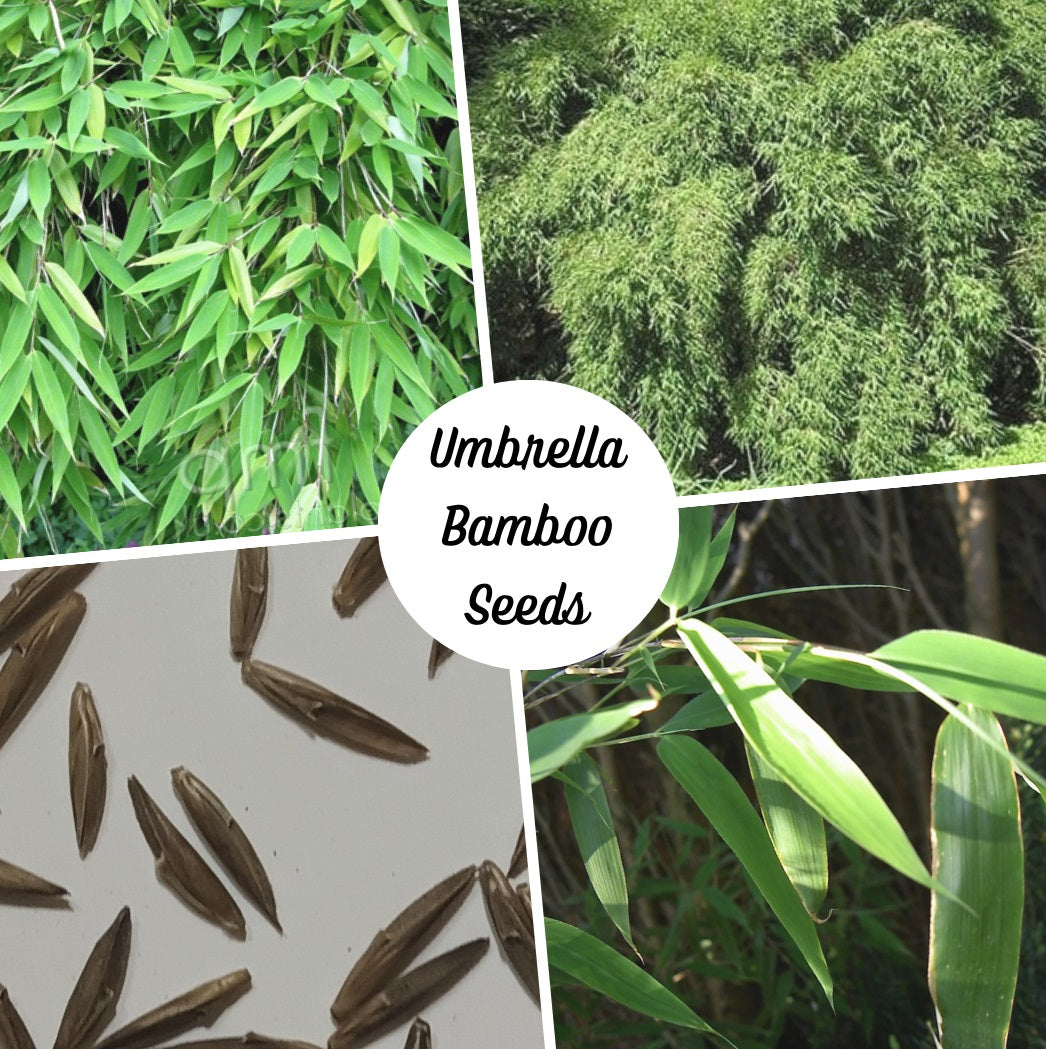
Collections
-
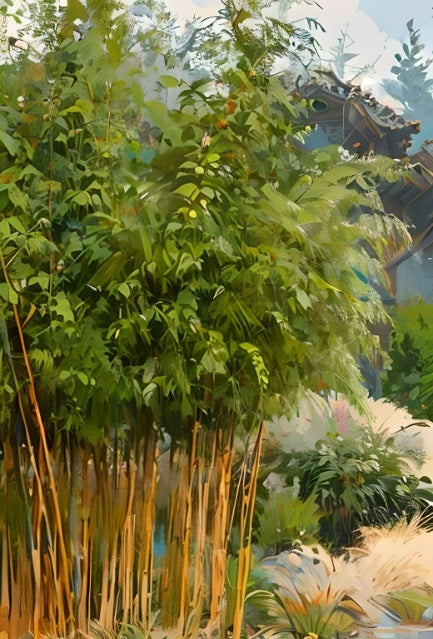
All Bamboo Seeds for Sale
Our catalog of bamboo plant seeds for sale includes clumping bamboo seeds,...
-
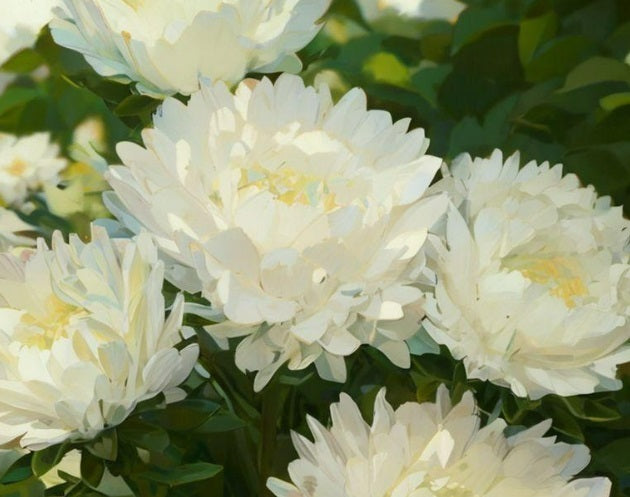
All Flower Seeds
Thoughtfully curated flowers, plants and bushes that beautifully complement your bamboo garden...
-
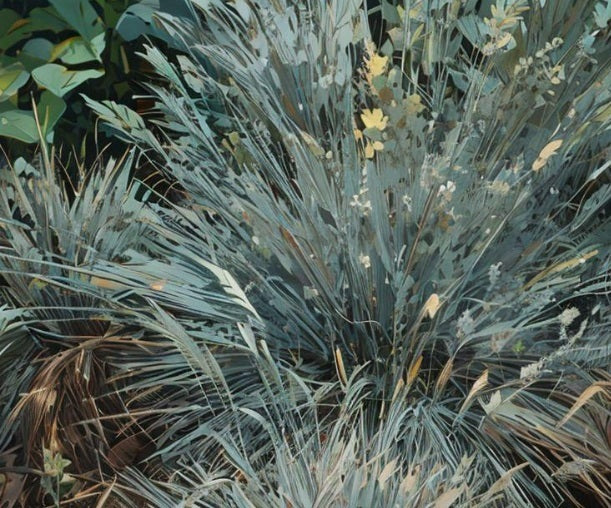
All Ornamental Grass Seeds
Grass has finally come into its own as a garden landscape centerpiece....
-
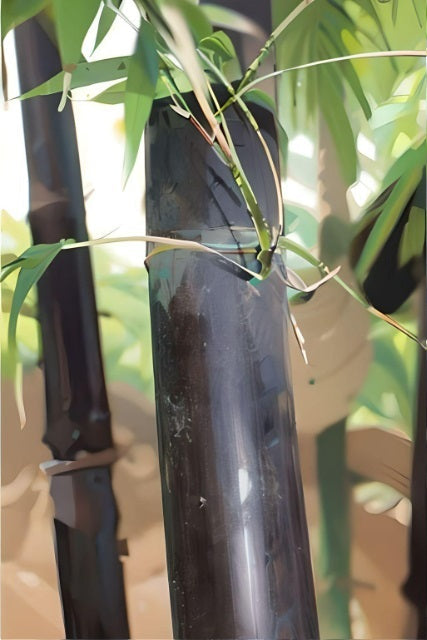
Black Bamboo Seeds
Consider Black Bamboo seeds for eye-catching bamboo varieties with lustrous black, dark...
-
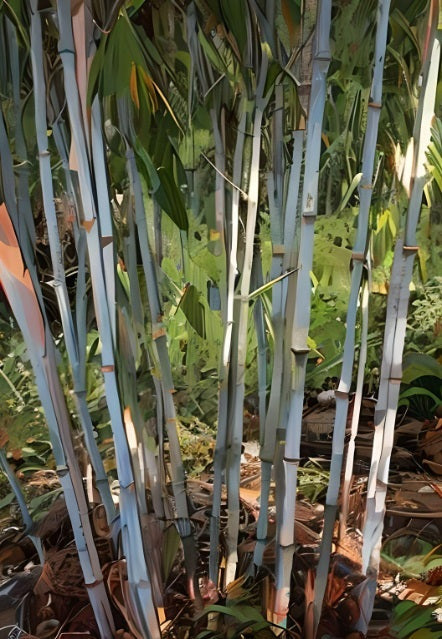
Clumping Bamboo Seeds
Clumping bamboo species grow in dense clumps or clusters that are more...
-
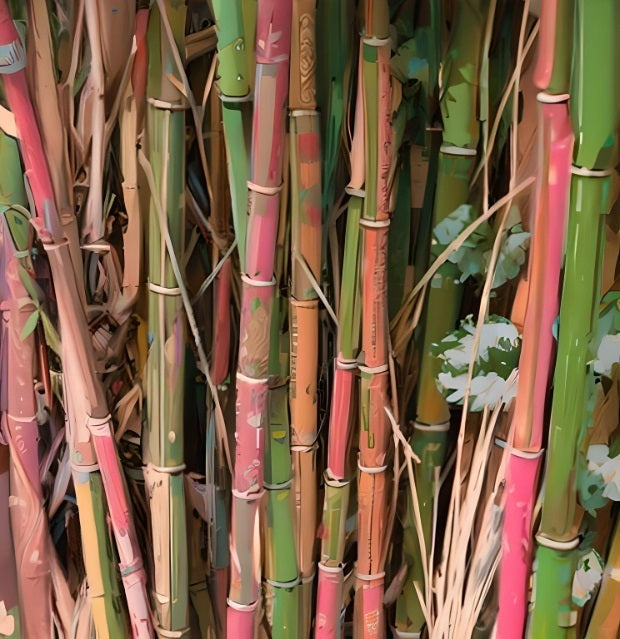
Cold Hardy Bamboo Seeds
A selection of cold resistant bamboo seeds for hardy bamboo able to...
-
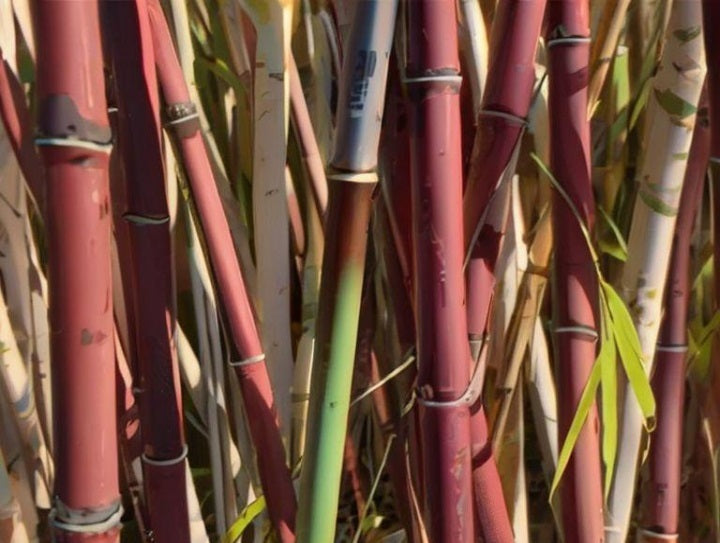
Fargesia Bamboo Seeds - Clumping and Cold Hardy
Buy bamboo seeds for beautiful, cold hardy, clumping Fargesia bamboo. Our Fargesia...
-
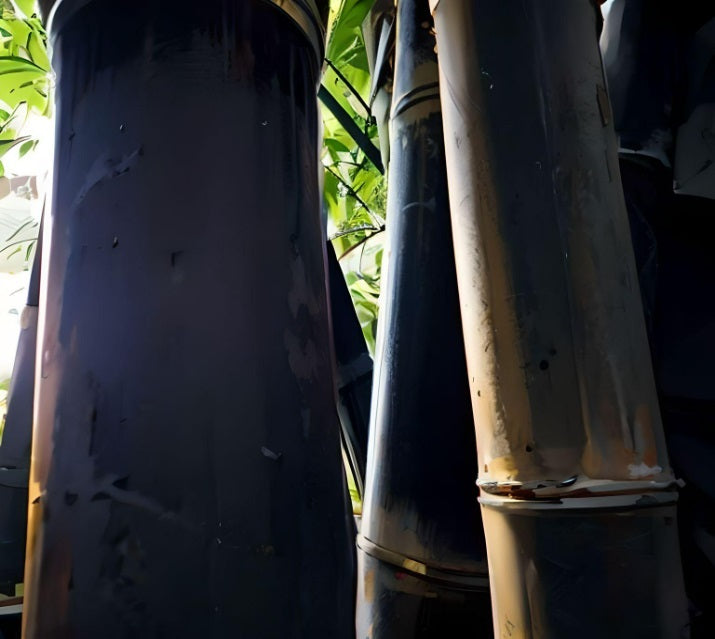
Giant Bamboo Seeds
When you're looking for impressive size with ample shade below, consider fastest...
-
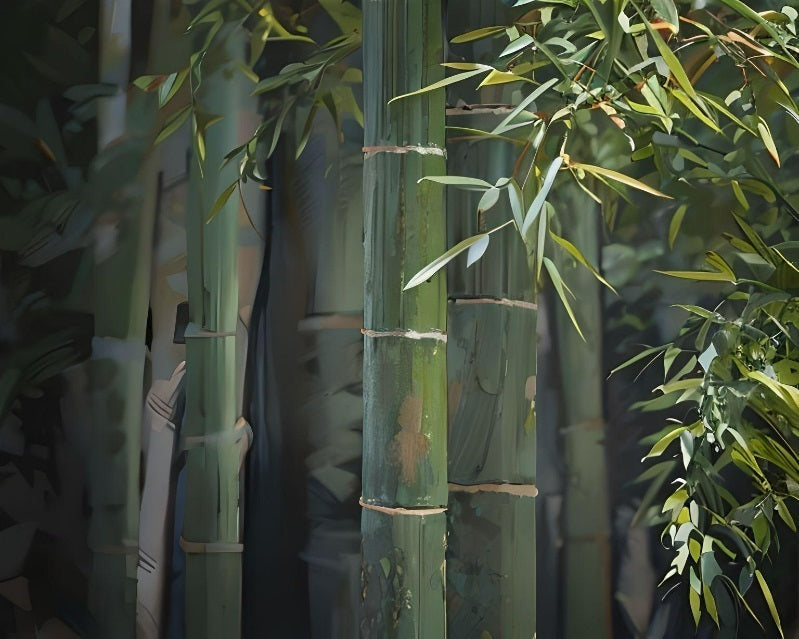
Running Bamboo Seeds
Running bamboo spreads through underground runners, known as rhizomes. These rhizomes can...
-
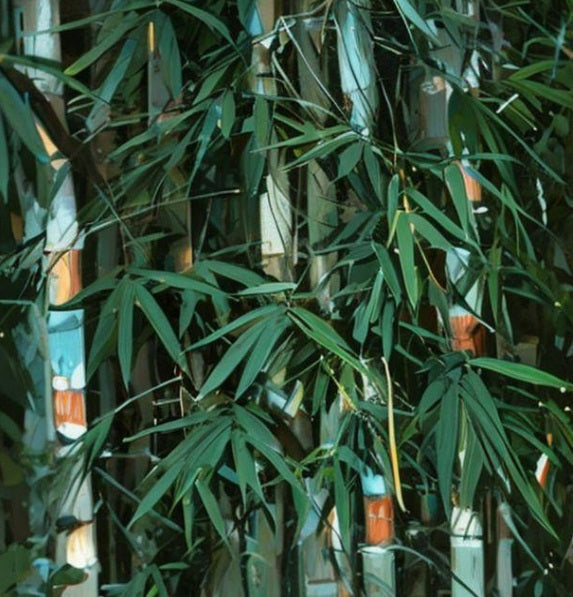
Tropical Bamboo Seeds
Our curated selection of tropical bamboo seeds suitable for planting in warmer...













